Der Rausch des Führers
Hitler took nearly 100 different drugs while the Nazis spewed anti-drug propaganda
In the last piece, I explored the pharmaceutical politics of World War I as seen through the lens of a trade journal from 1917. Today I’d like to jump ahead to World War II, and more specifically, the drug regimen of the dictator whose political ambitions were a fundamental factor of the conflict. Let’s take a look at the nearly 100 different drugs that were consumed by perhaps the most notorious dictator in modern history, Adolf Hitler.
“Can historical events and developments be linked to pharmacological preparations?”
This is what Norman Ohler asks in his book Blitzed: Drugs in the Third Reich.1 Ohler’s provocative and exceptionally well-researched text offers the most detailed account of Nazi drug use that I am aware of. And while it is difficult if not impossible to definitively answer such abstract questions, Ohler makes a solid argument that Hitler’s ravenous drug use affected his job performance—and, in turn, the course of the war—on more than one occasion.
During his brief but treacherous reign, Hitler consumed a stunning number of drugs. Norman Ohler includes a list of 89 substances found in the Führer’s regimen in Blitzed.2 An additional source from the British government bumps the number up over 90.
Although Hitler was known to abstain from alcohol, there are reports of him enjoying tea and coffee, bringing the number to 91. And if we include salt and sugar, the grand total is 93, although we’re probably still missing a few. There is a rumor floating around that Hitler tried mescaline, but this seems to have originated with the publication of a fictional story in the 1970s, and I have not found any real evidence that it ever actually happened.


Among the plethora of psychoactive substances that did, in fact, enter Hitler’s bloodstream were: several different barbiturates, Belladonna, caffeine, cardiazol (a GABA antagonist that can cause brain seizures), cocaine, codeine, harmine (an MAOI that potentiates other drugs and which is itself psychoactive in sufficient doses), oxycodone, methamphetamine, a somewhat obscure opioid dubbed pethidine, scophedal (a mixture of scopolamine, oxycodone, and ephedrine), a combination drug made of cardiazol and ephedrine, anti-gas pills that contained atropine and strychnine, and a variety of steroids and hormones. He also took a heart medication and a calcium supplement, both produced by Sandoz3 (the same pharmaceutical company that employed Albert Hofmann when he invented LSD).
Ohler’s book includes a gargantuan footnote with an exhaustive list of the drugs Hitler consumed during his reign. By my count, it includes 89 products:
The cascade of drugs that entered Hitler’s body (through various orifices) was thoroughly documented by the same person who administered them to him: Hitler’s personal physician, Theodor Morell.
“I trust him completely.”
Morell was a registered member of the Nazi party. He had a successful practice and a popular reputation among Nazi officials and German celebrities.4 He specialized in the administration of drugs and supplements such as glucose, vitamins, hormones, and, increasingly over the years, methamphetamine, morphine, and oxycodone. His primary goal as a doctor was to make his patients feel good, and while they generally raved about him, others considered him a quack.
Morell met Hitler in 1936 over a dinner of nutmeg spaghetti (a favorite of the Führer’s, apparently) hosted by Heinrich Hoffmann, an official Nazi party photographer.5 Morell had successfully treated a case of gonorrhea contracted by Hoffmann, who then invited the doctor to join him and Hitler for a private dinner as thanks.
Morell’s reputation had preceded him, however. In fact, it was Hitler himself who had personally sent the plane that picked up Morell to treat Hoffmann. The Führer expressed delight in finally meeting the doctor, and remarked that if only they had met a little sooner, his chauffeur might not have died of meningitis. This comment struck a nerve in Morell, who remained quiet and sweated profusely throughout the dinner.
Nonetheless, he managed to bond with the dictator over a stomach problem that the latter had been experiencing. Morell offered to treat it, which Hitler gladly accepted. Morell returned home and shared the news with his wife, who Ohler writes “was less than enthusiastic” about it.6
It did not take long for Hitler to hire Morell as his permanent personal physician. The two became quite close. They were pharmacologically bonded. Soon, Hitler was regularly receiving a cocktail of injections from Morell, multiple times a day, every day. Everything from vitamins to strychnine coursed through the dictator’s bloodstream, and Morell did his utmost to chemically support Hitler’s various needs.
Hitler became so utterly dependent on Morell by the end of the war that he actually required the doctor to stay with him 24/7. When Morell’s brother died, he was not even allowed to attend the funeral, and was forced to remain at Hitler’s side.7 Others occasionally voiced concern about Morell, to which Hitler replied, “say what you like against Morell…I trust him completely.”8
The loyal Nazi doctor gave his beloved Führer a cornucopia of vitamins, steroids, hormones, stimulants, opioids, and more. The sheer number of drugs that he gave Hitler, and the pace at which he administered them, has prompted some to wonder if the doctor’s treatments negatively impacted the dictator’s health. Hitler was a nervous wreck behind the scenes, and had an ongoing tremor in his final years.9
While it is difficult if not impossible to confirm such suspicions at this point, we do still know quite a bit about Hitler’s drug use and various states of health, because both were very thoroughly documented by Morell and others. Ohler did an incredible job of digging through these documents for pertinent information, which, along with even more extensive archival research, informs Blitzed.

Among the drugs administered to Hitler in this period was Pervitin, the German trade name for methamphetamine, which was itself practically a staple of the Nazi regime.
“Put that cocaine thing in…I have important things to do today.”
Another drug that Hitler especially enjoyed—and relied on—was cocaine. It was given to him not by Morell, but by Morell’s competitor, a doctor named Erwin Giesing. During the summer of 1944, Hitler took the drug frequently (50 times in 75 days by Giesing’s count).
Later, in a report for US military intelligence, Giesing recounted that Hitler once implored him, “please don’t turn me into a cocaine addict.”
The doctor told him not to worry. “A real cocaine addict,” he explained, “snorts dry cocaine.”10
Hitler didn’t snort dry cocaine—instead, a liquid cocaine solution was applied to a cotton swab which was administered through the Führer’s nostrils. As Ohler writes, the coke that Giesing gave Hitler “was pure, first-class stuff, the famous Merck cocaine, delivered from Berlin.” The stash was kept in the care of Hitler’s valet.
But sometimes Giesing second-guessed himself, and on at least one occasion he refused to administer cocaine to the Führer. He was likely trying to detox Hitler from the drug, but his timing was incredibly poor. The same day he refused to give Hitler his cocaine cotton swab, the Germans were dealing with an urgent, rapidly deteriorating situation on the Eastern Front. Hitler, upon being told by Giesing that he would not be given cocaine, announced that “he was no longer interested in the situation in the East,” Ohler explains. He then skipped a crucial military briefing out of apathy, which only worsened the already tense situation.
Giesing caved and offered the dictator his cherished cocaine.
“Look in my nose again and put that cocaine thing in to get rid of the pressure in my head,” the dictator commanded of Giesing. “I have important things to do today.”11
Hitler had difficulty sleeping, which is understandable considering how much tea, coffee, coke and meth he used. To wind down at night he took barbiturates, administered by Morell.12
And in 1943 Hitler started using oxycodone frequently.13 He’d been introduced to the drug by Morell. Hitler suffered periodic bouts of severe stomach pain for years. At one point, the pain was so bad that it nearly kept him from an important meeting with Italy’s fascist dictator Benito Mussolini. It was in this context that Morell decided to administer oxycodone to Hitler for the first time. Needless to say, the Führer loved it, and everyone around him noticed an immediate lift in his spirits. His pain was gone, and he was once again ready to take over the world.
Mussolini had hoped to discuss his desire to withdraw from the war at the meeting. But he didn’t get a chance to fit in his remarks—Hitler talked nonstop the whole time. There was an active battle going on while the two of them met but Hitler couldn’t shut up long enough for the Italian dictator to squeeze in a comment about the developing situation.14 Later, however, Italy would surrender to the Allied forces.
The oxycodone provided Hitler with a wonderful rush, especially when paired with cocaine, a combination which Hitler enjoyed frequently toward the end of the war. But the opioid had another, less desirable effect: it made him constipated, for which he took chamomile suppositories. These sent the Führer promptly “to the toilet,” as Morrell noted in his diary. “I had to stay outside,” Morell recalled, but “the fluid didn’t stay inside…”15
In addition to the oxycodone, Hitler took another drug to treat his stomach pain: anti-gas pills which contained atropine and strychnine. Giesing, Morell’s competitor, grew extremely suspicious when he found out about this, and in the same US military intelligence briefing mentioned above, he insisted that the atropine and strychnine specifically affected Hitler’s mood and decision-making faculties, including his response to political and military events.16
Recall, for a moment, that in addition to these toxic anti-gas pills, Hitler took harmine (an MAOI which potentiates other drugs), as well as an obscure GABA antagonist recommended to him by Hermann Göring, not to mention the plenitude of hormones, steroids, stimulants, and opioids that Hitler used throughout his reign.17
While all of this was going on, top Nazi officials spewed hateful rhetoric against drug use, claiming that it was subhuman behavior that needed to be eliminated from society.18 This is all the more ironic when we consider that numerous other top Nazis in addition to Hitler regularly used narcotics, something I’ll cover in another post.
Morell took various drugs himself, also by injection. He reportedly treated Mussolini at one point, as well as numerous other public officials from Germany and an ambassador from Japan.19 After the war, he drew the attention of the US government.
Ohler visited the National Archives in Washington, DC and found documents which revealed that Morell had been investigated (“and according to his own account tortured,” wrote Ohler) by the Secret Service after the war. They wanted to know about the drugs he had fed Hitler, what role they may have played in his mental state, and whether Morell had ever tried to poison the dictator. The interrogation lasted for two years.
A medical assessment of Morell conducted by the US military in this period dubbed him mildly psychotic and claimed that he provided endless “fictions” and “contradictory information” about his time with Hitler.20
There is more to Morell’s story (like his plan for a Nazi-controlled drug production facility in Ukraine), which I’ll get to in a future post. I’ll also explore how Nazi experiments with mescaline directly informed the development of modern psychedelic research, and whether or not this connection has implications for today’s burgeoning—if tumultuous—psychedelic market. Additionally, I’ll examine the birth of methadone, an opioid developed by the Nazi-affiliated chemical conglomerate IG Farben in the late 1930s that later became a central component of US opioid control strategy.
That’s all for now.




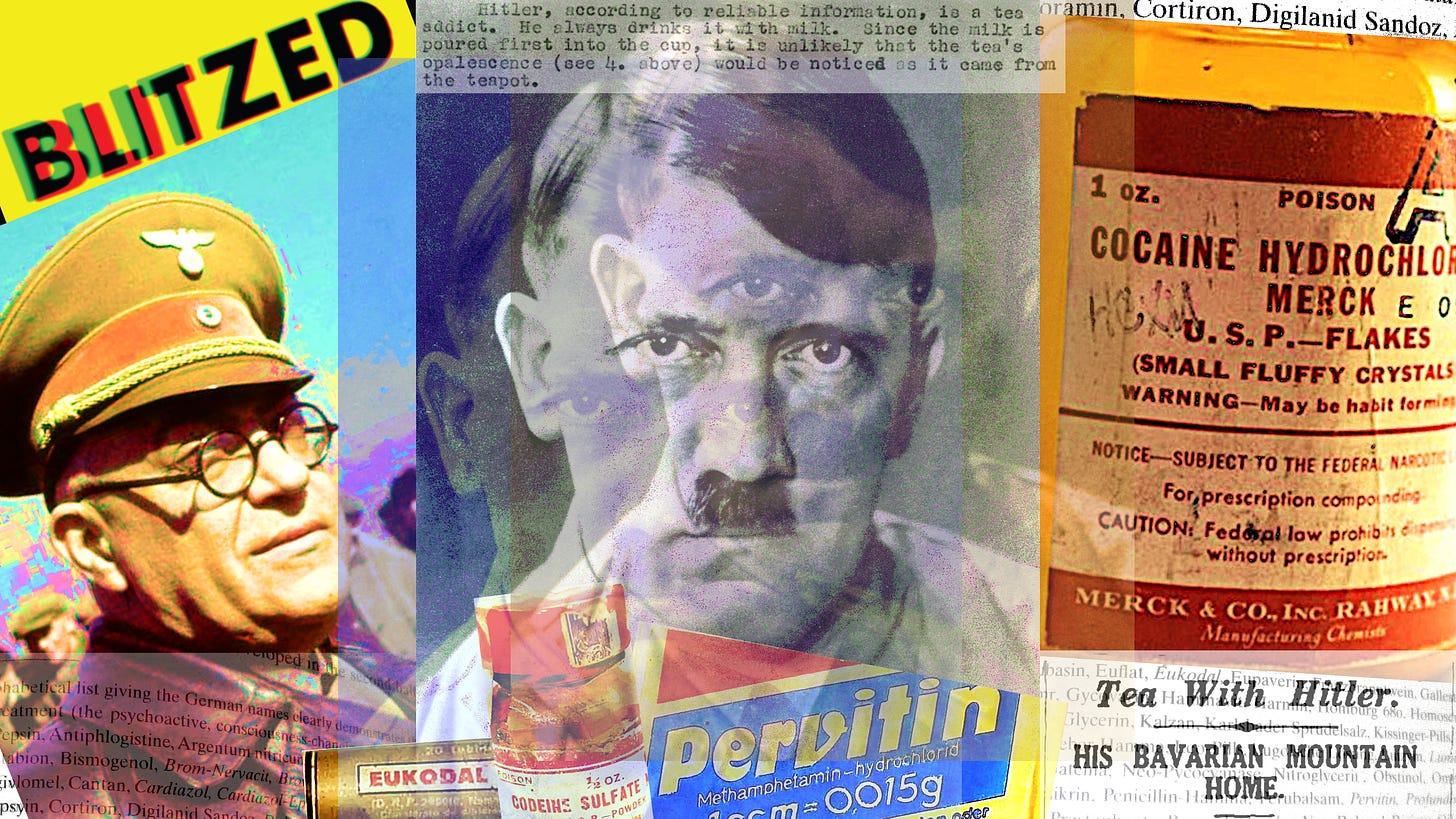
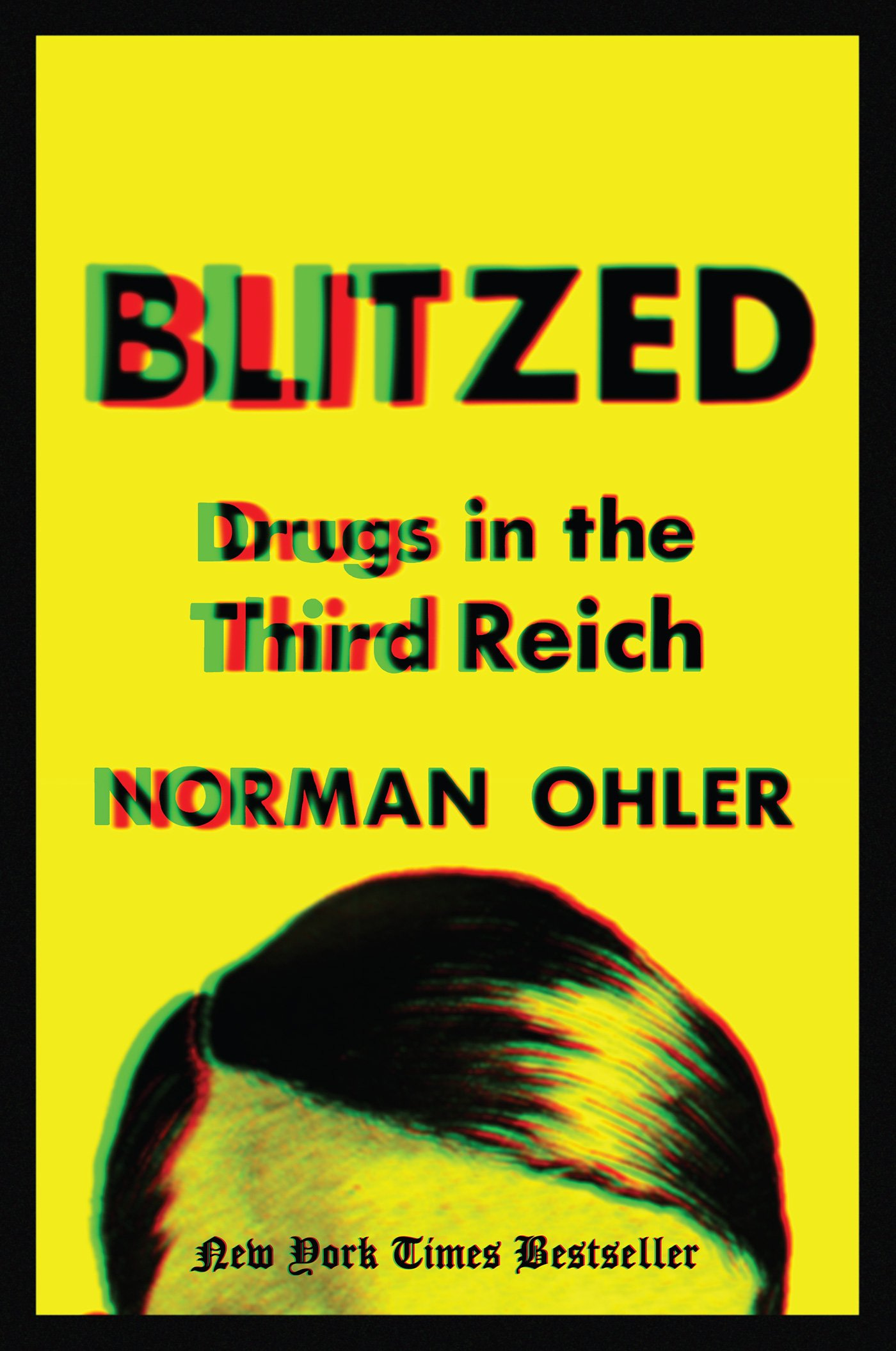
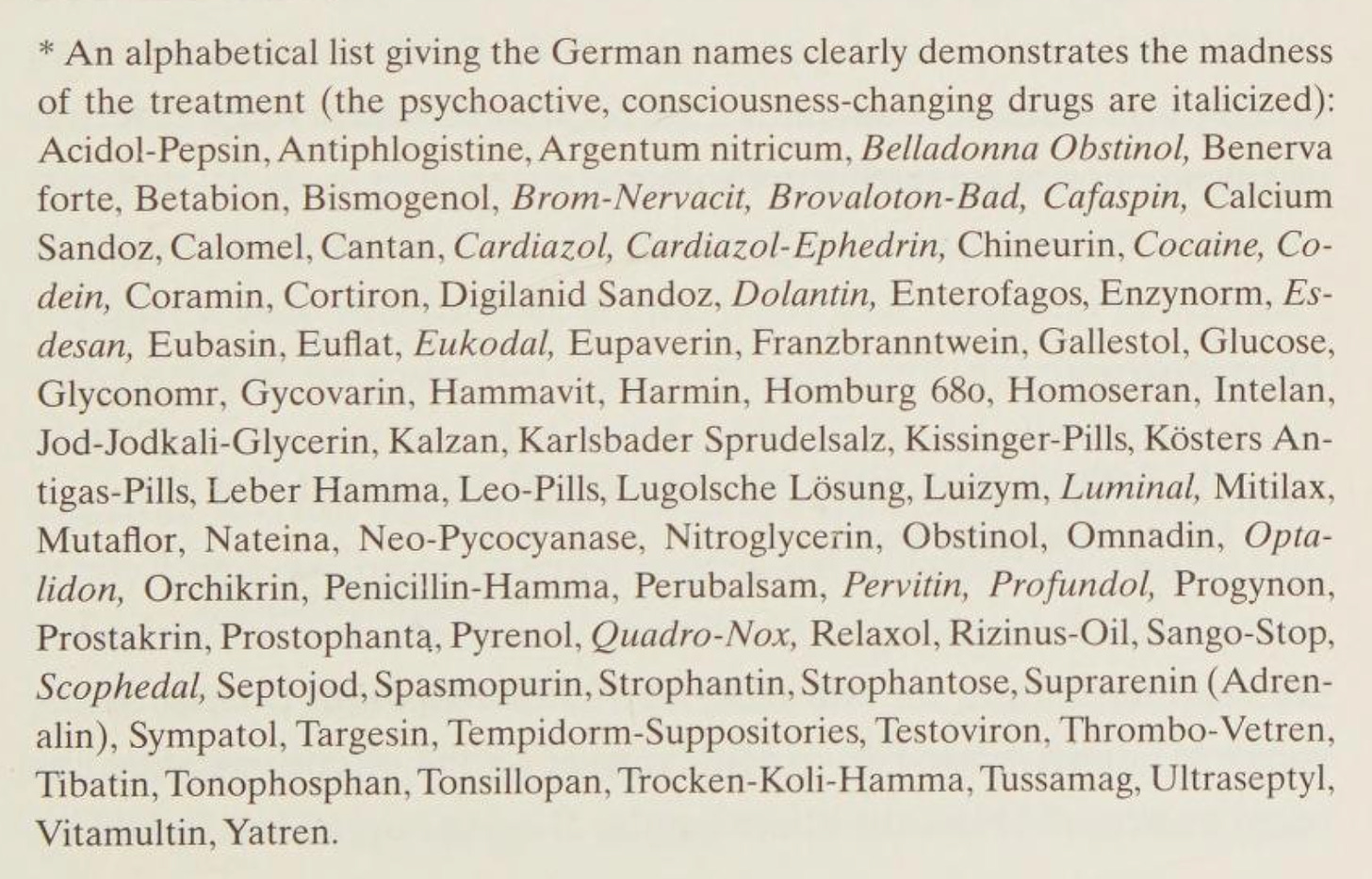
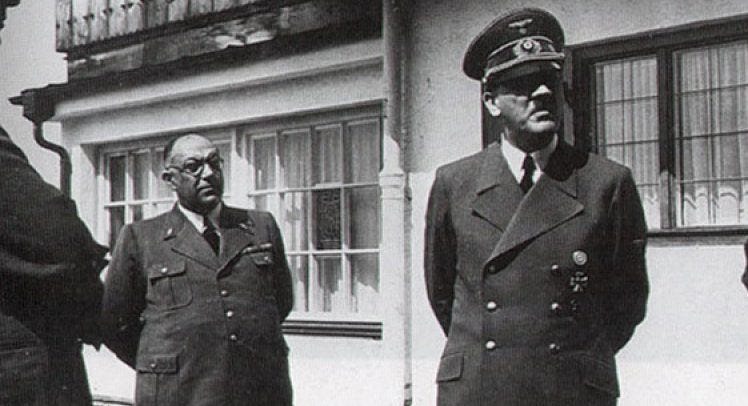
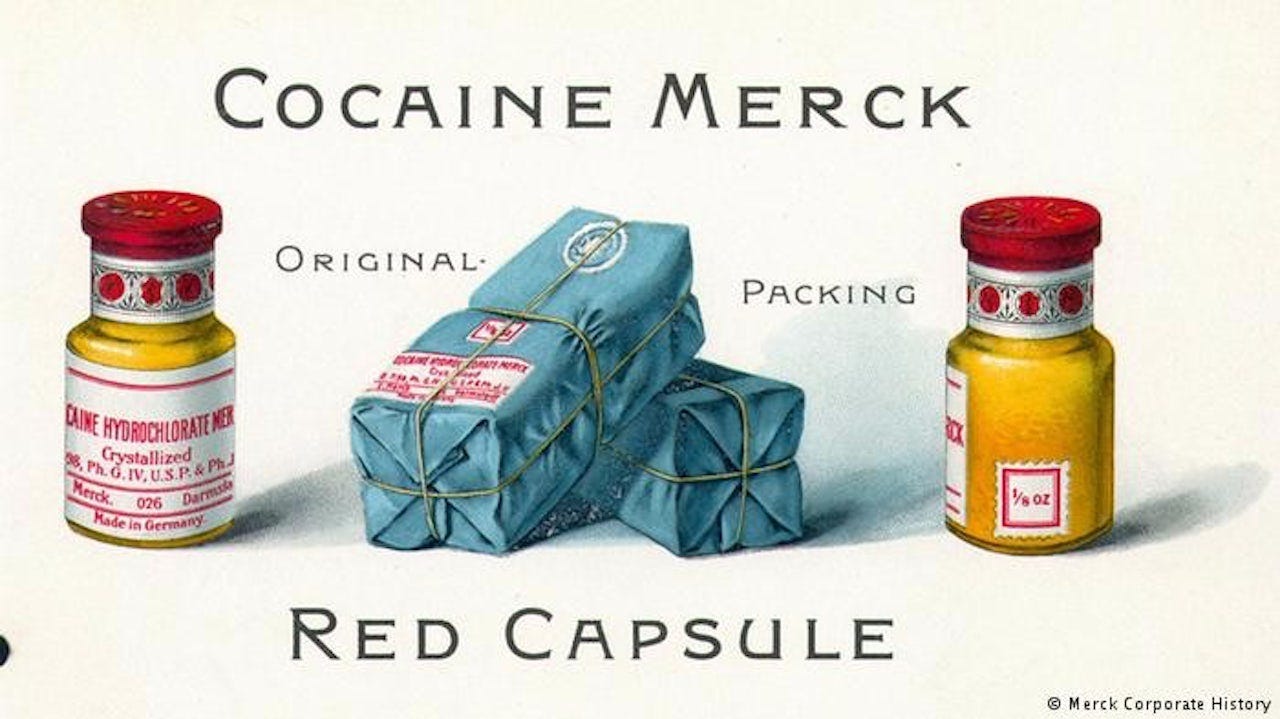
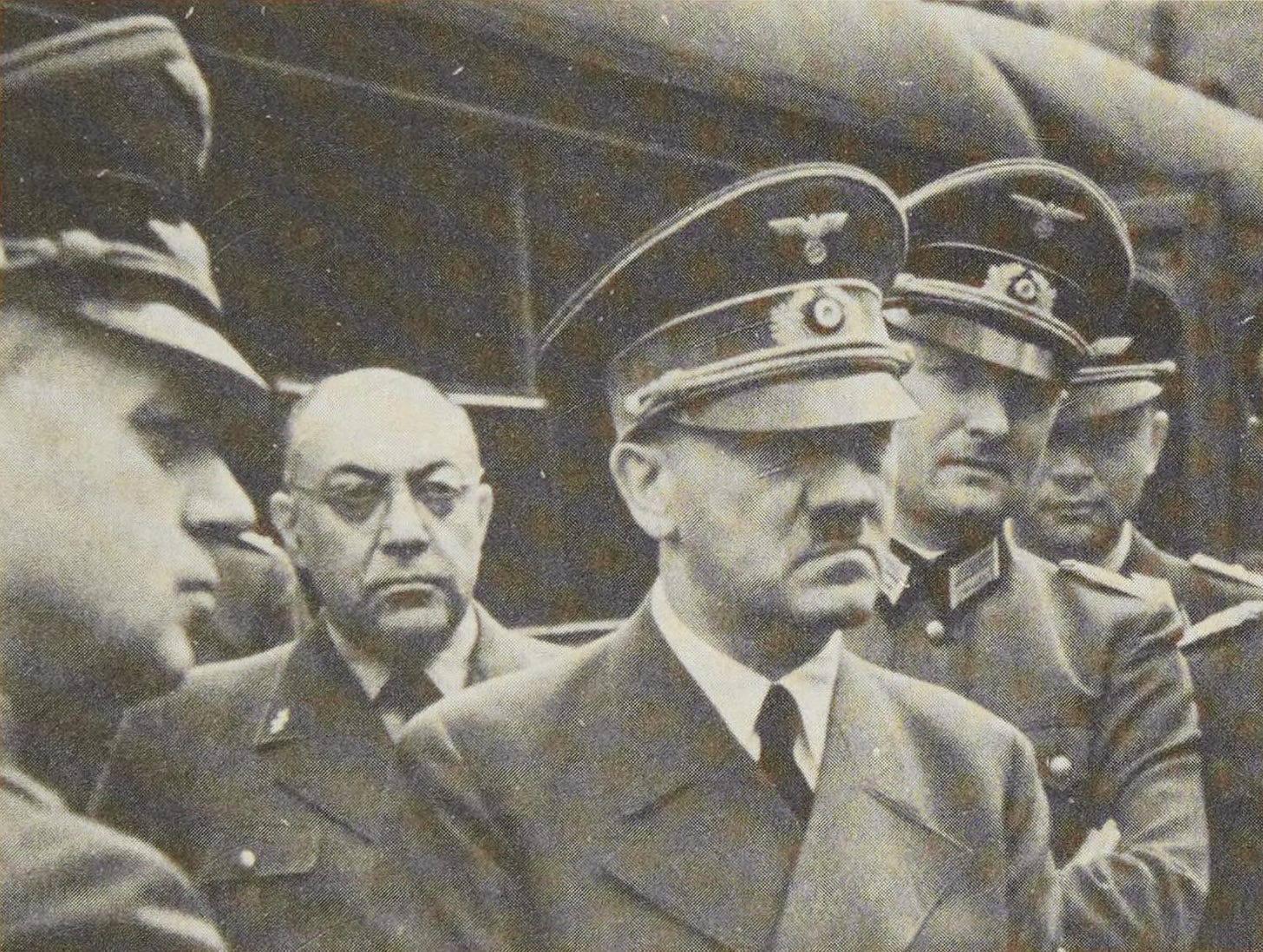
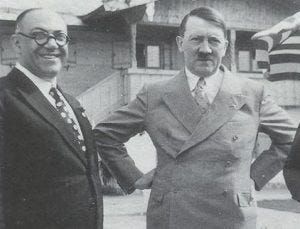
A good read, thank you